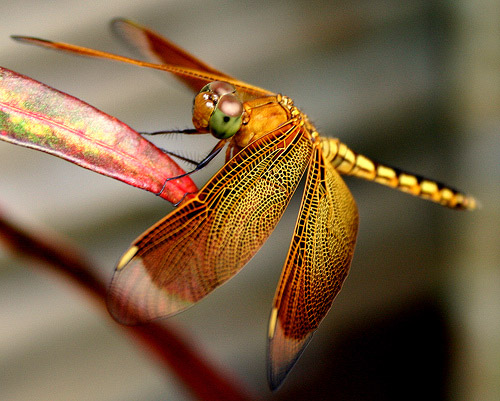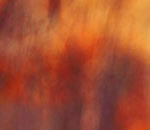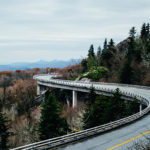Insects have wing beats ranging from 12 beats per second for a large butterfly to 250 beats per second for a honeybee. Photographing insects in flight is one of the greatest challenges for all wildlife photographers. This article describes how to capture crisp, sharp images of dragonflies.

Photo captured by Dawn
During the spring of 2010, I hired a 3 tonne Bobcat 328 digger and excavated a 100 square metre pond. Two months after planting half a dozen water lilies in the pond, they came into flower and attracted a mating pair of Emperor Dragonflies (Anax Imperator) into the pond.
The male dragonfly normally spends hours each day patrolling the pond to protect its territory. I noticed that all approaching rival dragonflies (and even butterflies) were rapidly pursued and dispatched by the incumbent male dragonfly. Suitably camouflaged, my presence was tolerated provided I remained perfectly still.
A position on the bank about 5 metres from the centre of the pond and with the sun behind was chosen. The backdrop on the far side of the pond was a neutral light gray colour and fairly distant. With a shallow depth of field this neutral background was completely out of focus and provided a good contrast for the high-resolution images of the subject.

Dragonfly “tambaroray” captured by Julius Sabelino
The Canon EF 400mm f/5.6L USM Super Telephoto Lens has two focusing settings. You can select a minimum focusing distance of 3.5 metres or a minimum focusing distance of 8 metres. With the latter setting most of the pond would have been out of focus. Therefore I selected the 3.5 metre setting.
The Canon EOS 50D 15.1 MP Digital SLR Camera enables bursts of up to 90 JPEG’s at 6.3 fps. In order to capture sharp, crisp images of the dragonfly in flight the following settings have been used: ISO: 1000; Exposure Time: 1/3,200 sec; Aperture: 8.0; Focus: Spot Focusing.
The Emperor Dragonfly in its patrol exhibits hovering periods lasting one to two seconds. This is the maximum window available to achieve autofocus and capture your images. By closely following these “patrol and hover” patterns it was possible to shoot several frame bursts, which were in focus.

“Flashy dragonfly” captured by photophilde
Happy shooting and good luck!
About the Author:
Ken Billington is a professional wildlife photographer, and the owner of the site Ken Billington’s Bird & Wildlife Photography. View a selection of the 2,500 high-resolution images and convince yourself that the tips in this article make sense.
Like This Article?
Don't Miss The Next One!
Join over 100,000 photographers of all experience levels who receive our free photography tips and articles to stay current:






Well directed pics and amazing shots!
A not everyday tutorial. Great, very useful.
These are great tips for macro photography. Check here also an amazing collection of Insects Portraits http://www.photographymojo.com/2010/09/cirque-du-freak-the-incredible-insects-portraits-gallery/